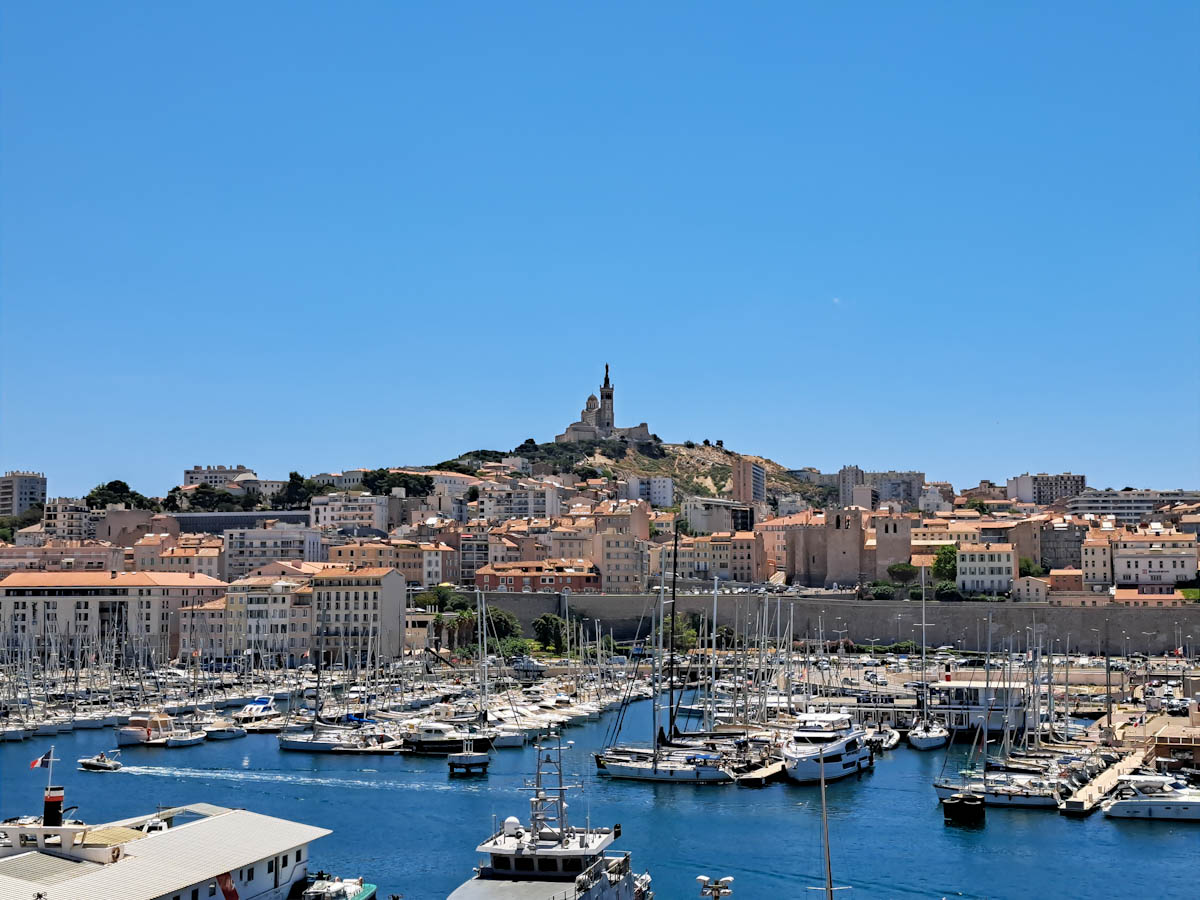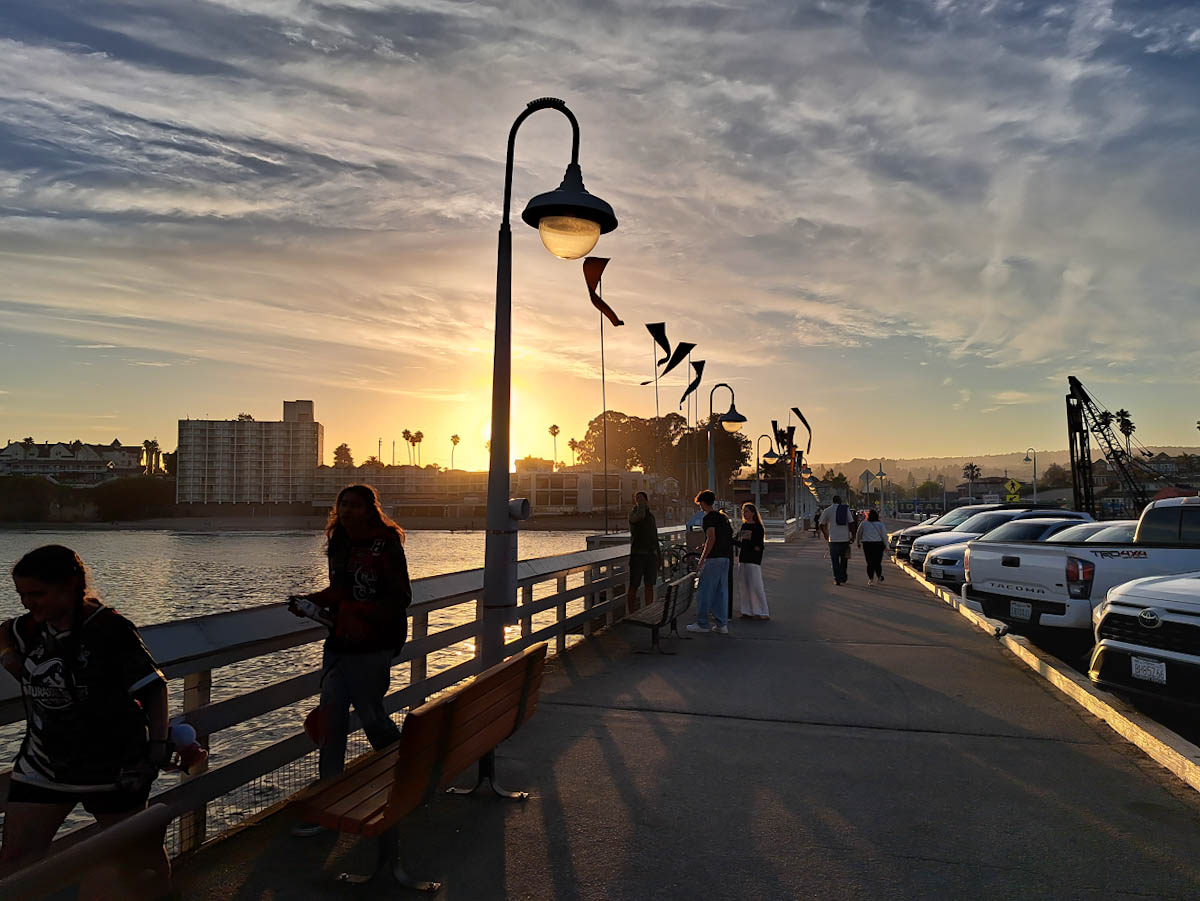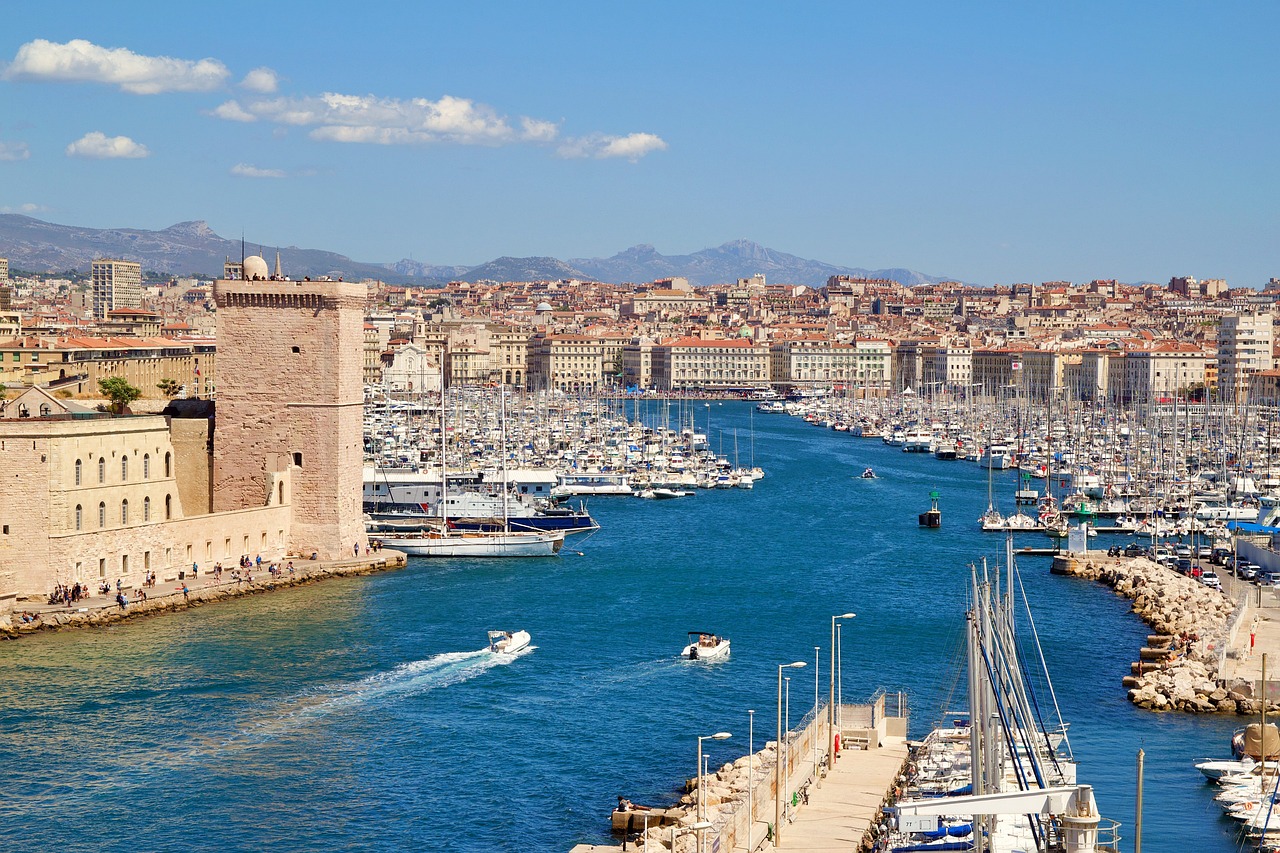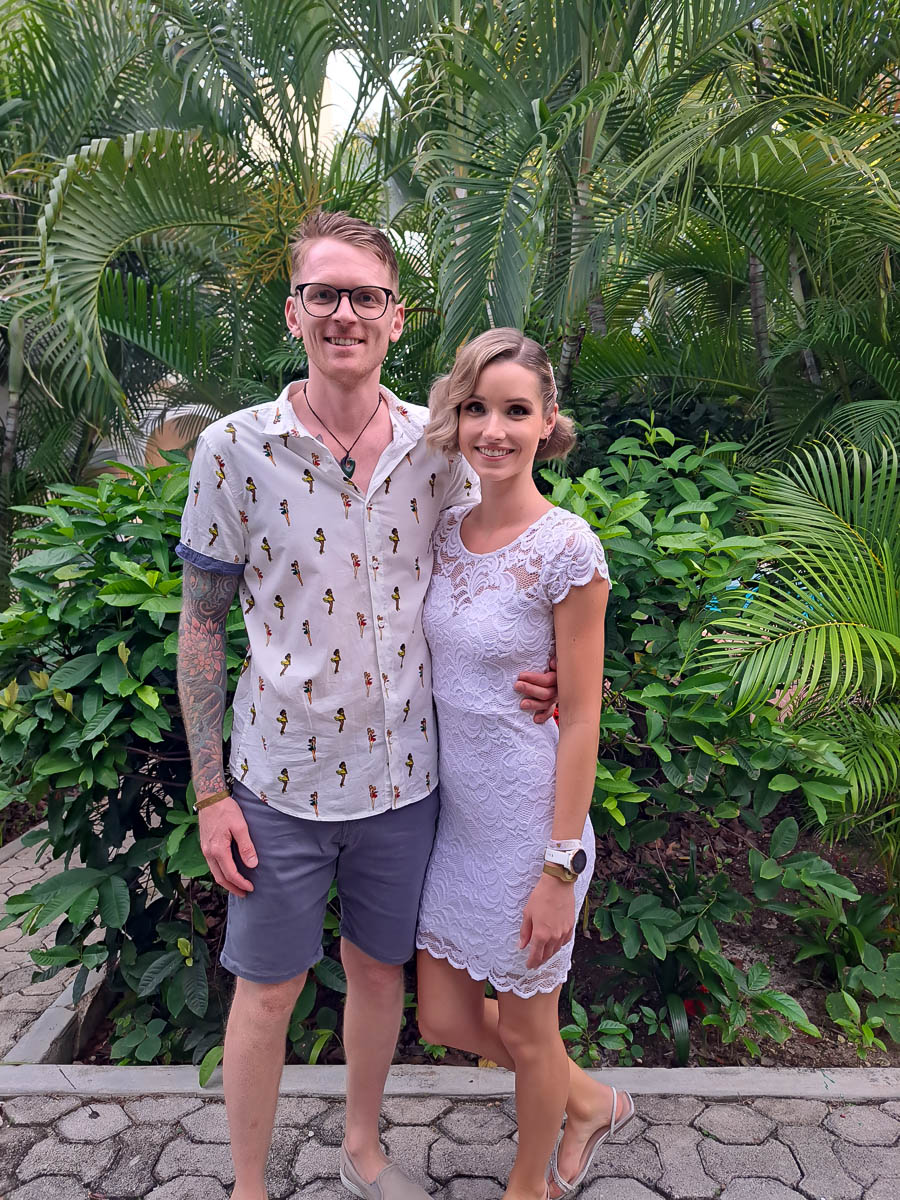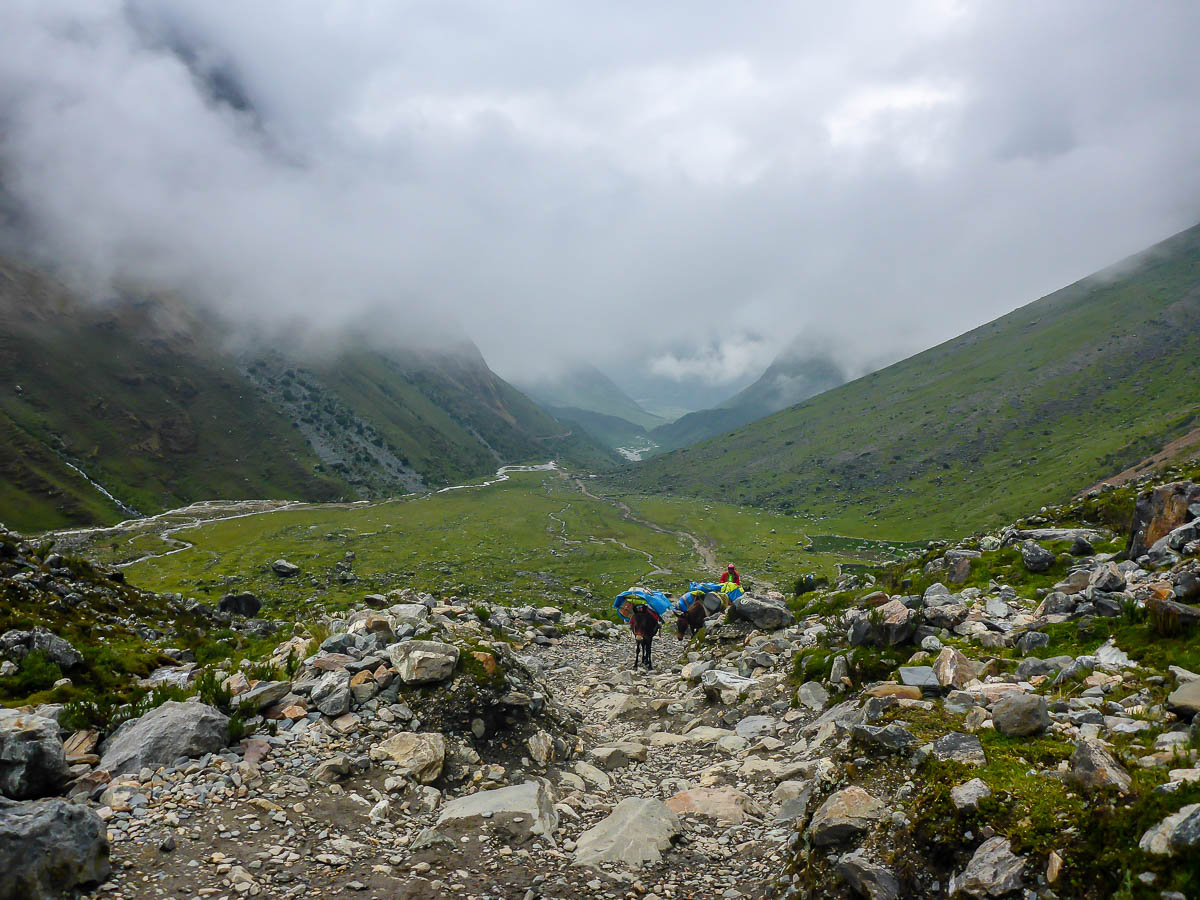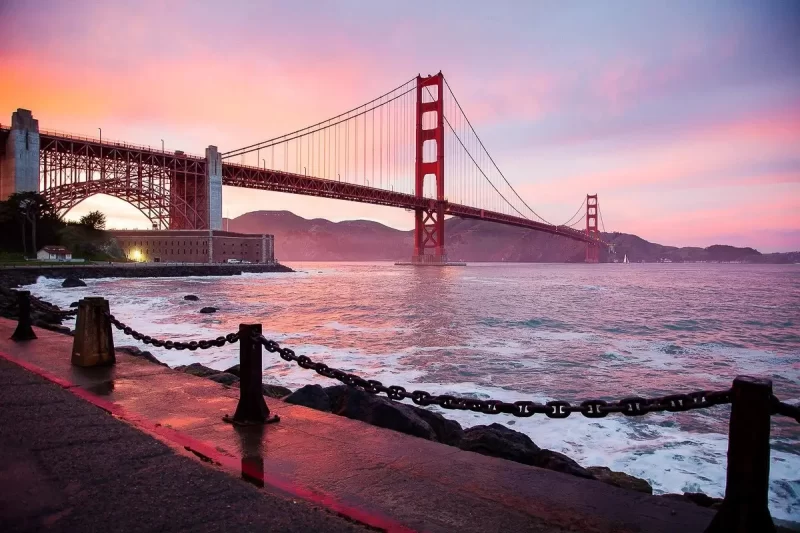The first and most important step in your travel itinerary is wine. Trip planning is not complete without it.
Kidding. Kind of.
The majority of our recent trips have been planned over a bottle of wine and maxed out credit cards. We book all transportation and accommodation in one fell swoop. Approaching it as if our options are fleeting and about to disappear if we don’t book immediately. Feels great in the moment, until you realize you’ve spent thousands of dollars and have nothing to show for it. Yet.
Once you get the more logistical expensive parts out of the way, the real fun begins: planning your travel itinerary!
For more on how book the expensive logistical pieces (the first part of your trip plan), check out The Best Websites to Book Travel.
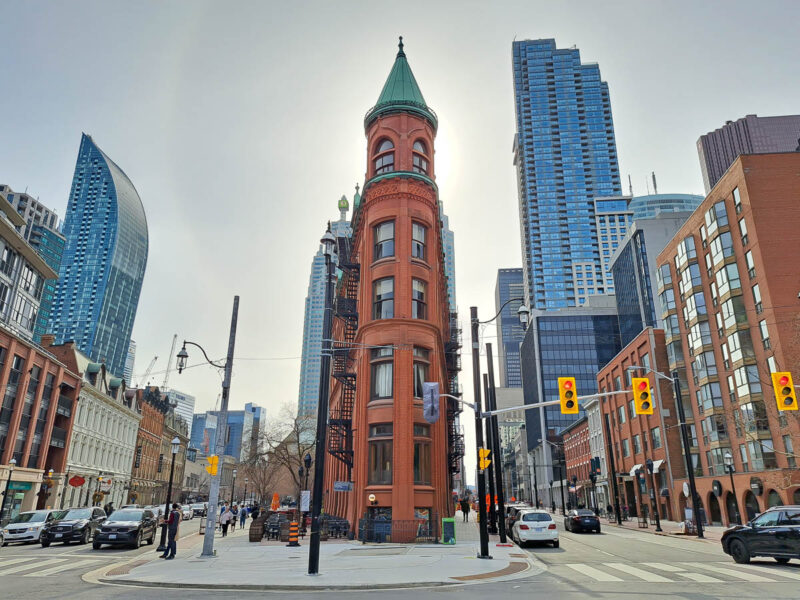
How To Plan The Perfect Travel Itinerary
The internet has made trip planning easy and seamless. Much more so than decades ago. I have heard tales of using guidebooks and maps. Methodically plotting your every move. Writing down (yes, handwritten) contact information for the hotels you are staying in, transportation providers you are using, and emergency contacts. Calling upon carrier pigeons to let distant relatives know you are coming to visit the mother country. And… whatever else the people used to do. I don’t know. I wasn’t there.
Story Time
My initial experience planning a trip was for the summer of 2010. The sky was blue, birds were chirping, and sun was shining. It was a different time. A simpler time. A time of the internet but not that which we know today. I had guidebooks and maps, including the classic Lonely Planet. Family and friends gifted me travel guides. We used the internet a little bit. But primarily trusted guides and wisdom passed down by family members.
This was an especially exciting time because a month before our trip the Canadian government issued travel warnings to our destination, Thailand. As such, we were forced to pivot to Peru. You may think this is an odd switch. At the time those were the two places my friend and I wanted to visit. However, aside from Machu Picchu, we didn’t know a whole lot about Peru. We had a trip plan for Thailand. Our guidebooks were on Southeast Asia, not South America.

Back In My Day
We arrived in Peru somewhat oblivious, relying on spotty hostel internet and internet cafes to get us to our next destination. I have vivid memories of us sitting at the hostel computer desk waiting our turn to use their dial up internet to figure out where to go next and how. Printing confirmation emails for any and all bookings. We didn’t have a travel itinerary like we do today.
Getting sim cards for your phone to have internet access while travelling wasn’t really a thing. And certainly not for people on a budget. Access to Wi-Fi wasn’t as widespread as it is now. I used my phone to listen to music on long bus and train rides, and to fall asleep. I barely even took photos with it. These were different times.
In 2018 I visited Peru for the second time. This time very much using the internet to plan as much as possible. I wrote about our Machu Picchu experience (the second time around) here:
- 5 Day Trek to Machu Picchu: The Salkantay Trail Unguided
- Married Memoirs: Salkantay Trail to Machu Picchu
By the way, this post is not about Peru circa 2010. Thank you for indulging my trip down memory lane. Back to the original scheduled programming on trip planning.

Guidebooks
I realize guidebooks still exist today. And some are quite helpful. But the majority of research is currently done entirely online. As has been my experience trip planning, researching, booking, and doing everything related to travel. I rarely print confirmation emails or itineraries. I download everything to my phone.
But I digress. How can you have something to download to your phone without planning it out first!? Great question, dear reader.
The first step for us is simple. We hop on Google and search the destination name with the word “travel” on the end. Look at the destinations Google suggests with the pretty images at the top of the search results. Check out TripAdvisor. But mostly, we look for other blogs written by like-minded people.

Search the Web
Google Search
Our primary search engine is Google. But the following applies to any search engine. If there are others. I don’t know. I’ve succumbed to the all-mighty Google.
The easiest and first step is to simply search your destination and see what comes up. Chances are you will get an overview including photos, weather, maps, things to do, top news, and more. A plethora of information. You may even come across a pre-made travel itinerary that suites your needs.
We pay attention to the “Things to Do” section and maps. More on maps later.
Things to Do
Who doesn’t love to do things? I sure do! Google’s suggestion for the top sights and things to do is a great starting point. Depending on how you like to travel or what you’re interested in, you may find a ton of stuff to do or you may only find one or two. Either way, it provides the more popular or common tourist attractions.
This is literally what we do when looking at the suggested top sites: Click each to open in a new tab. Take a quick peek at images. If our interest is sufficiently peaked, add it to our trip planning list and move on to the next. We repeat this process for every top sight, attraction, or thing to do that catches our attention.
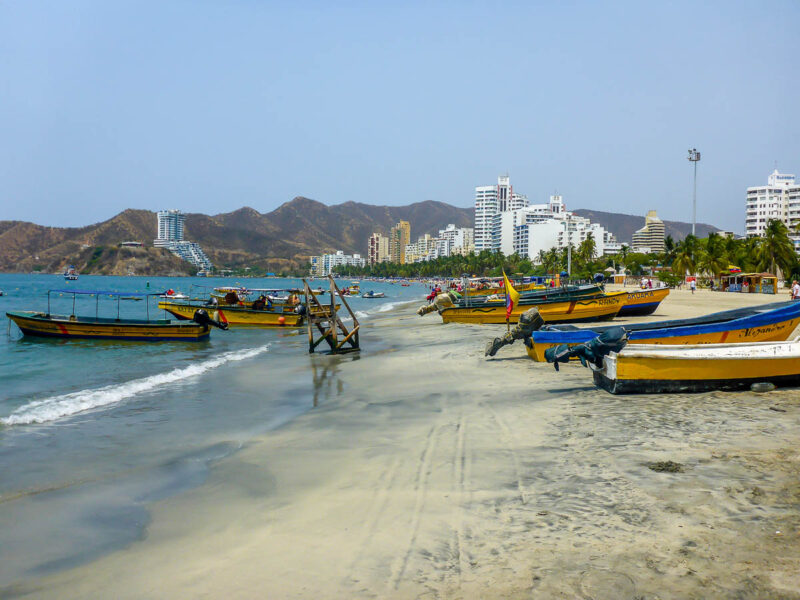
Google Reviews
We read reviews through a specific lens. This lens applies to everything from travel attractions, to consumer products, to accommodation, to services, and more.
The lens we use is one of optimistic skepticism. We trust the good reviews more than the bad. And take the bad with a grain of salt. The exception is when we see repeated offences. If a complaint is seen again and again, we take notice.
That being said, we’ve come to learn that the majority of bad reviews are simply a reflection of negative people. The kind of person who has preconceived notions that whatever experience will be bad. So all they see are things that reinforce that idea. This is why two people can go to the same resort, have the same experience, yet have completely different opinions of how it went.
Reviews can help you know what to expect and prepare accordingly. They can be informative, can hype you up, or can deter you from that experience. Read them if you find them helpful, but recognize there are a lot of negative Nancy’s out there.
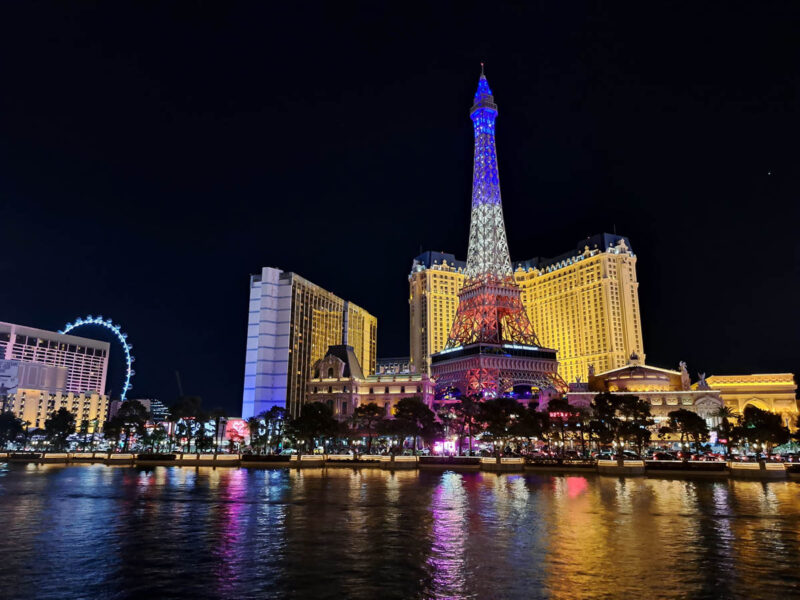
Tripadvisor
Tripadvisor and Google’s list of things to do go hand in hand. They are often linked to one another. Once we compile our list of attractions from Google, we check Tripadvisor for photos, reviews, ticket information, and more.
My sentiment on Google Reviews applies to Tripadvisor reviews. There are generally more reviews on Tripadvisor so could forgo reading the Google ones. Or, forgo reviews entirely. You do you. This is your trip planning experience.
Top 10 Lists
I love a top 10 list. Or top 20. Top 50 even. Anything more than that and I get bored or need a snack.
It can be daunting to go through every attraction listed on Google or Tripadvisor. This is where top lists shine. Someone else has determined the best attractions so you don’t have to.
You can find generic top lists or lists catered to specific interests. In the past we’ve seen top 10 lists for budget friendly eats, offbeat attractions, non-touristy areas, etc. I recommend looking at a few to get a fuller picture of everything on offer. If you see something recommended on every single list, chances are it’s worth it.
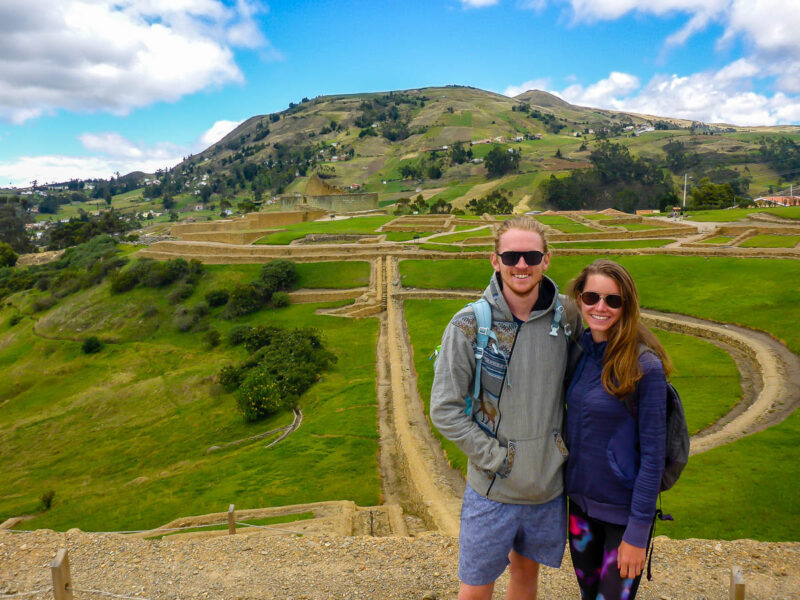
Travel Blogs
The best travel advice we’ve ever received is from fellow travelers. Whether they be people we know or strangers on the internet. The internet is full of travel advice. Some good, some less so. What’s most important to me when traveling may not be the same for you. You may read one person’s blog and not resonate with anything. This may cause you to feel like this destination isn’t for you. It’s too commercialized. It’s too expensive. Or whatever the complaint may be.
As with everything on the internet, don’t believe the first thing you read. And recognize that each of us has specific interests, wants, timeline, and budget.
We refine our search to look for posts more suited to our needs. This includes unique and less expensive places. As backpackers at heart we always search “backpacking” or “backpacker travel” alongside the destination to steer us in the right direction. Other keywords you may want to consider are: budget, frugal, cheap, or inexpensive.
Some of our favorite travel bloggers to check out include:
- Nomadic Matt (Classic starting off point for general overview)
- Adventurous Kate (An OG travel blogger with great advice and stories)
- The Broke Backpacker (Two things we’ve identified with strongly in the past)
- Goats on the Road (They remind me of us, or our dream travel version of us)
- One Step 4ward (Luke’s newest obsession)

Websites
Lastly, there are the actual websites for the things and places on your bucket list. Once we’ve narrowed down what we want to see and do, we check the websites to confirm opening times, ticket prices, and any other pertinent information. We don’t spend a lot of time on the actual websites. Mostly because at this point we are tired, are several glasses of wine deep, and are more excited to experience it firsthand than read about it.
Google Maps
By now you should have a fairly complete list of attractions, sights, and things to do for your perfect travel itinerary.
If you are like us, you want to do all the things. Everything sounds fun. You don’t want to miss out on anything. Especially if you are only going to be there for a short time. You want to do as much as possible.
Unfortunately, that’s not always possible. This is where Google Maps helps us. We add everything we are interested in to our “Starred” list. This includes sights, attractions, things to do, restaurants, coffee shops, train stations, street art, our accommodation, grocery stores. Literally anything and everything.

This helps us determine a few things:
- First, we know where we are staying in relation to what we want to do.
- Second, we can map out distances and routes.
- Third, we are able to plan our days accordingly.
- Fourth, it helps us narrow our focus on what we want to do. If something is way out of the way from everything else, we will likely forgo that this time. As with anything, there are always exceptions. We will make special trips for things that are important to us.
From here we plan each day’s specific travel itinerary. We start off ambitious with more things planned in day one than any others. The reason for this is twofold. One, because we want to do and see all the things. Two, because if we don’t get to something on day one, we know it’s a priority for us so carry it over to day two.
To find out why we put so much effort into trip planning, check out 10 Reasons to Start Traveling Now (And Why We Will Never Stop).
That’s it! You are ready to plan the perfect travel adventure.
Let us know some of the tricks and tools you use when planning your trips in the comment section below.



